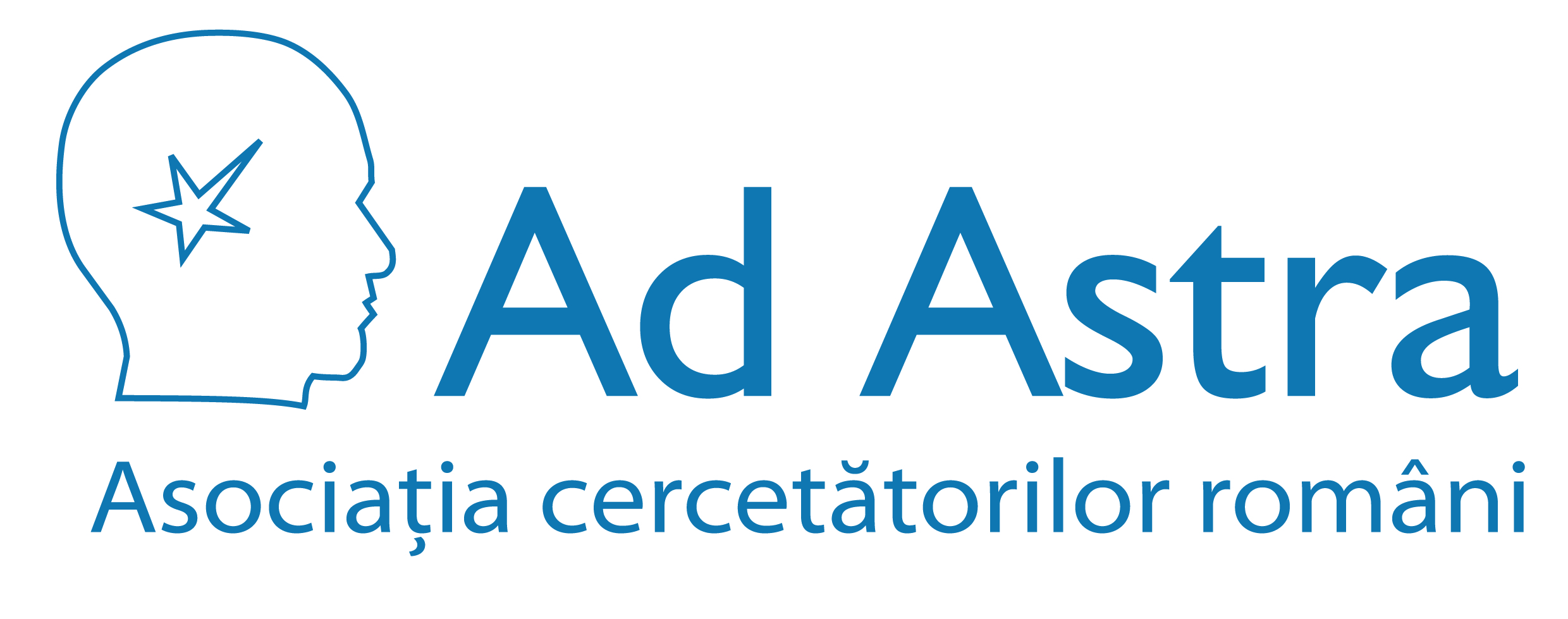Scopul nostru este sprijinirea şi promovarea cercetării ştiinţifice şi facilitarea comunicării între cercetătorii români din întreaga lume.
Staff Login
Optimizing Strontium Ruthenate Thin Films for Near-Infrared Plasmonic Applications
Domenii publicaţii > Fizica + Tipuri publicaţii > Articol în revistã ştiinţificã
Autori: Braic, L.; Vasilantonakis, N.; Zou, B; Maier, S.A.; Alford N.M.; Zayats, A.; Petrov, P.K.;
Editorial: Nature Publishing, Scientific Reports, 5, 2015.
Rezumat:
Several new plasmonic materials have recently been introduced in order to achieve better temperature stability than conventional plasmonic metals and control field localization with a choice of plasma frequencies in a wide spectral range. Here, epitaxial SrRuO3 thin films with low surface roughness fabricated by pulsed laser deposition are studied. The influence of the oxygen deposition pressure (20–300 mTorr) on the charge carrier dynamics and optical constants of the thin films in the near-infrared spectral range is elucidated. It is demonstrated that SrRuO3 thin films exhibit plasmonic behavior of the thin films in the near-infrared spectral range with the plasma frequency in 3.16–3.86 eV range and epsilon-near-zero wavelength in 1.11–1.47mm range that could be controlled by the deposition conditions. The possible applications of these films range from the heat-generating nanostructures in the near-infrared spectral range, to metamaterial-based ideal absorbers and epsilon-near-zero components, where the interplay between real and imaginary parts of the permittivity in a given spectral range is needed for optimizing the spectral performance.
Cuvinte cheie: plassmonics, thin films, PLD, spectroscopic ellipsometry, strontium ruthenate.
URL: http://www.nature.com/srep/2015/150313/srep09118/full/srep09118.html

